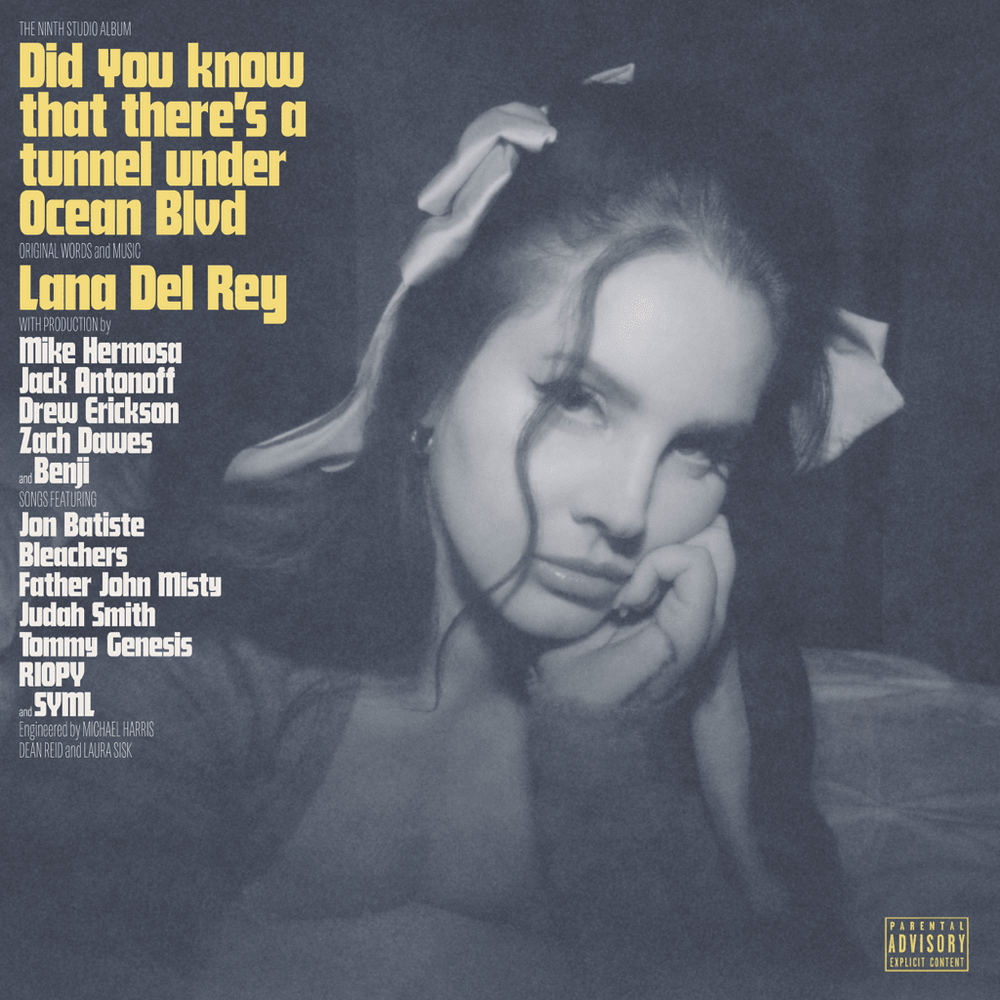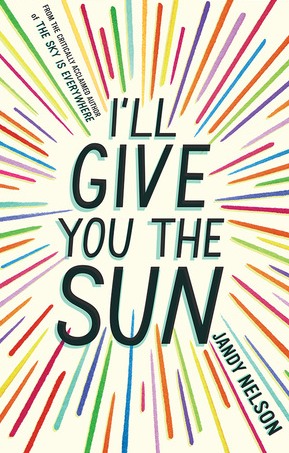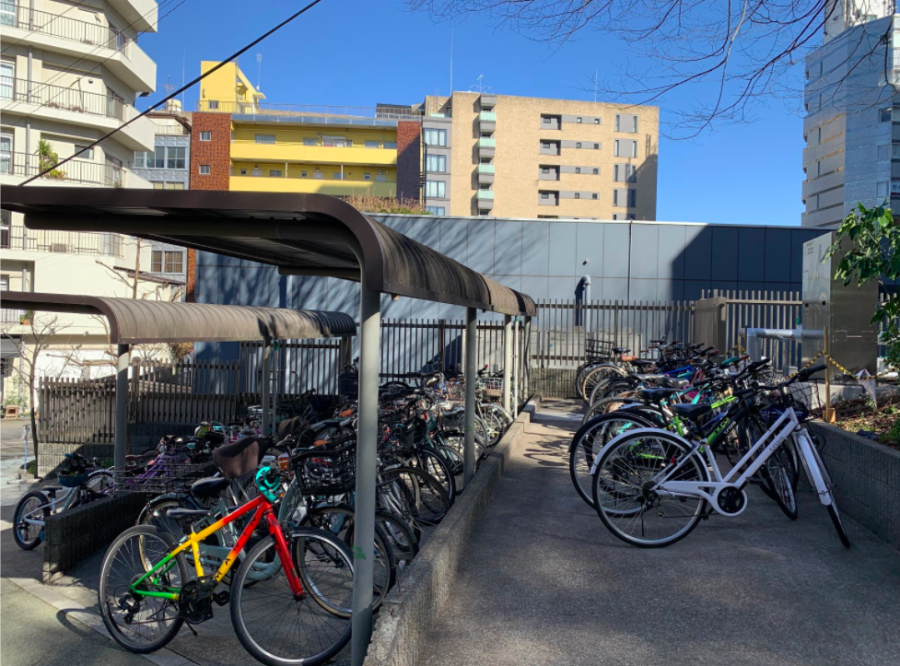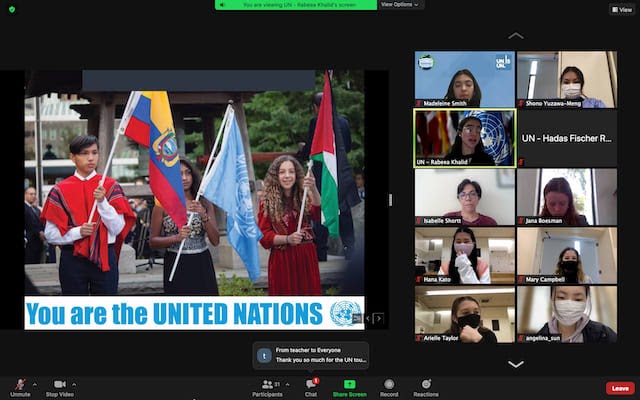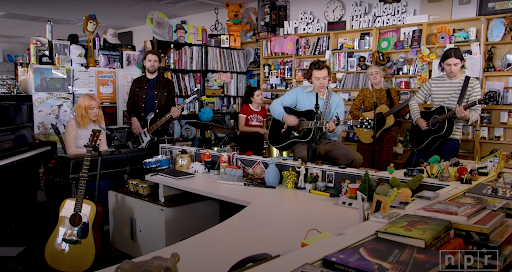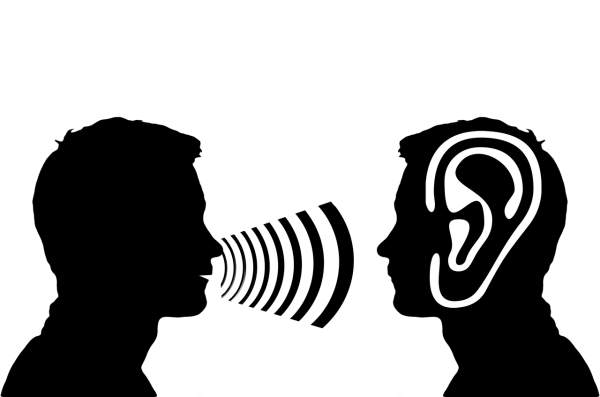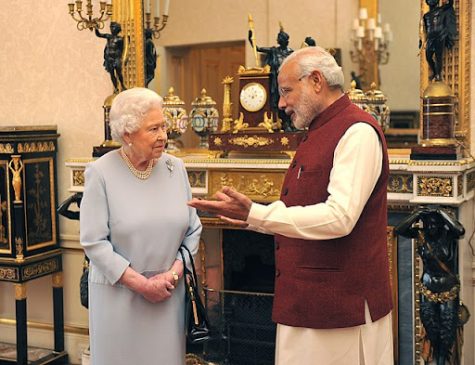Breaking down the news paywall

April 6, 2022
It is safe to say that we have all encountered this issue: you see an intriguing headline and you click on it hoping to get some good reading. But as soon as you start reading, a large square window blocks your view. “You’ve run out of your free articles.” Or, the infamous, “Join our monthly subscription to read more!”
Publications have increasingly begun using the online subscription as the new physical newspaper. After the introduction of television news broadcasts, these few decades have brought possibly the biggest decline in physical newspaper revenue, leading publications to find new alternatives. Typically, an online subscription ranges from a weekly subscription of $0.50 for The New York Times, to a $15 standard monthly subscription for The Japan Times. Different benefits are offered by each subscription that go beyond having unlimited access to all published articles. Some provide audio versions of each article, as well as separate news apps and comment sections for premium subscribers. Some sites, like The Guardian, are less restrictive, allowing free readers to view all their articles and offering simply just an ad-free subscription.

The main focal point of the issue has been, “Should the access to news be free?” However, by tracing the issue back to the definition of “news”, the question is no longer relevant. According to Ben Thompson’s analysis of the digital newspaper, the meaning of “news” has changed from encompassing the entire concept of journalism, to just daily reporting. Breakdowns of recent events and other lengthier articles now come under the category of “analysis” instead.
When we return to the issue of paid subscriptions, “news” that we have today is in fact not placed under the paywall. Publications do not require readers to pay for news or daily reporting because these sites can no longer profit from them. Reporting is no longer a product that publications can monopolise since reporting, and re-reporting, can be done by anyone. Previously, a publication could send reporters to find news and profit from the headline for at least 24 hours. The printing press meant that no other publication could publish that piece of reporting until a day later. Now, news is a commodity that has no value for the publications themselves. Any other news site can upload the very same headline, and there are very few barriers to entry for setting up your own publication. News aggregation enables publications to exist solely to report news that has been uploaded elsewhere.
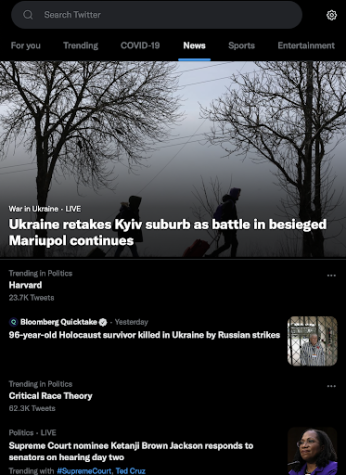
The rise of social media has also diminished the monetary value of news. Apps like Facebook and Twitter are in fact their very own news publications. Facebook has a separate news feed, and Twitter provides possibly the most up to date reporting which is often also first-hand. News reporting is now the fastest, and most accessible it has ever been. In addition, news is now not limited to our geographical location, let alone our financial status. A few clicks and we can get a picture of the current events around the world in a matter of seconds.
The issue of access to news is now invalid, but this is not the end of the road. The separation of “news” and “analysis” poses a new challenge: “Should analysis be available for free too?” In other words, “Should publication decide whether people can be well-informed, not just informed?” Being able to access the daily news freely through any device gives us information, yet it excludes context and details that would otherwise be included in analysis. More than the majority of readers probably do not have the luxury of time to formulate their own assessment of one single report, let alone every headline on a daily basis. We are once again confronted with the same issue. Although, this time, the urgency and necessity of analysis is far more ambiguous than with news. To be a responsible civilian in the 21st century, how informed do you really need to be?
A new problem also joins the equation: individual news analysts and big thinkers leaving publications to build their own publication. Since news reporting is now available everywhere free of charge, analysts do not need to be tied to a publication in order to write analysis. As reported by DIGIDAY, an interviewed Wall Street reporter had expressed that “We live in a society where we don’t need mainstream publications to share our perspectives.” Building their own subscriptions through a separate site, or even with Twitter’s “Revue” newsletter feature takes just a few minutes. For the analysts themselves, it is far more convenient to have their own publication, where they can earn a direct profit as well as take control of their own artistic direction. But, readers will now need to subscribe to each analyst individually, stacking up the price beyond just simply subscribing to news publications. The financial question may once again become relevant.
There is no single solution for this issue, and new problems are bound to proceed. Instead, we must work to evaluate the value of information to our society. It is with no doubt crucial to provide wide access to information, if we are to stride towards a future of any kind. So, we are left to tackle the question: What is the appropriate price for knowledge?



















